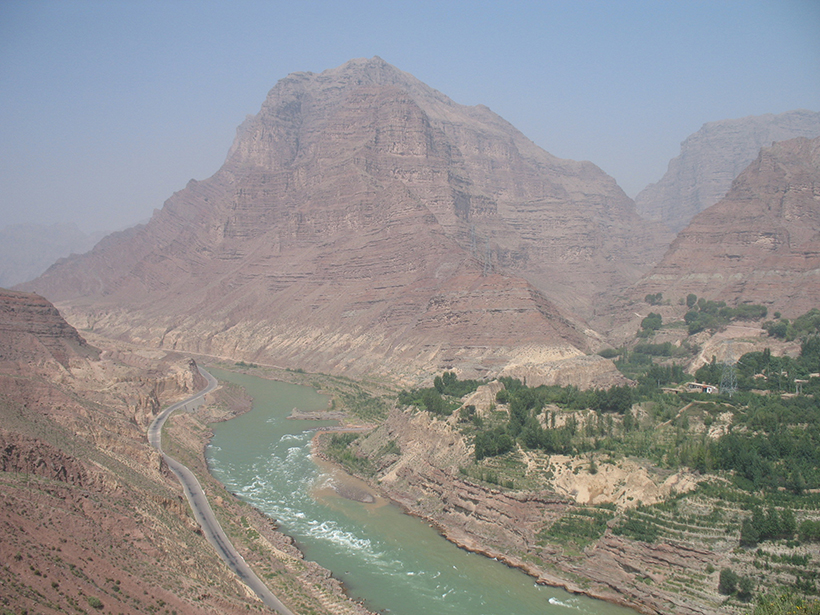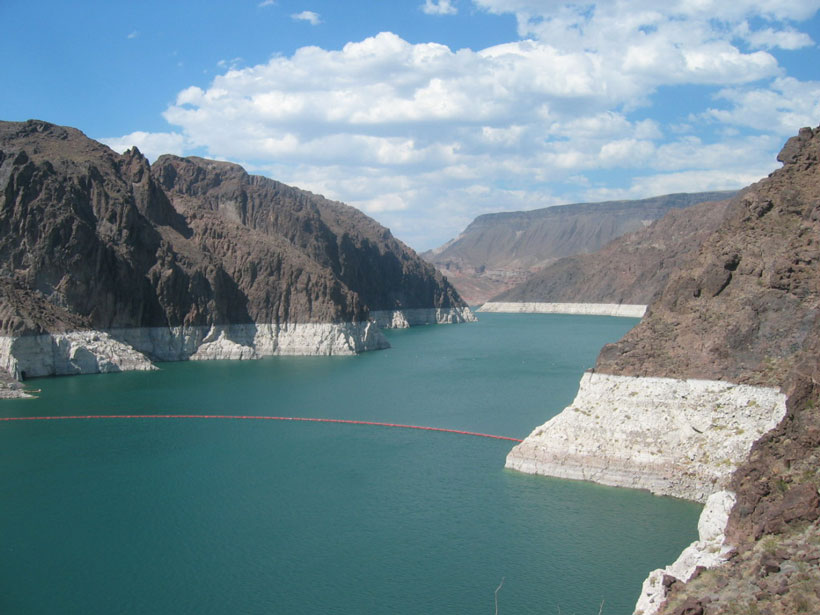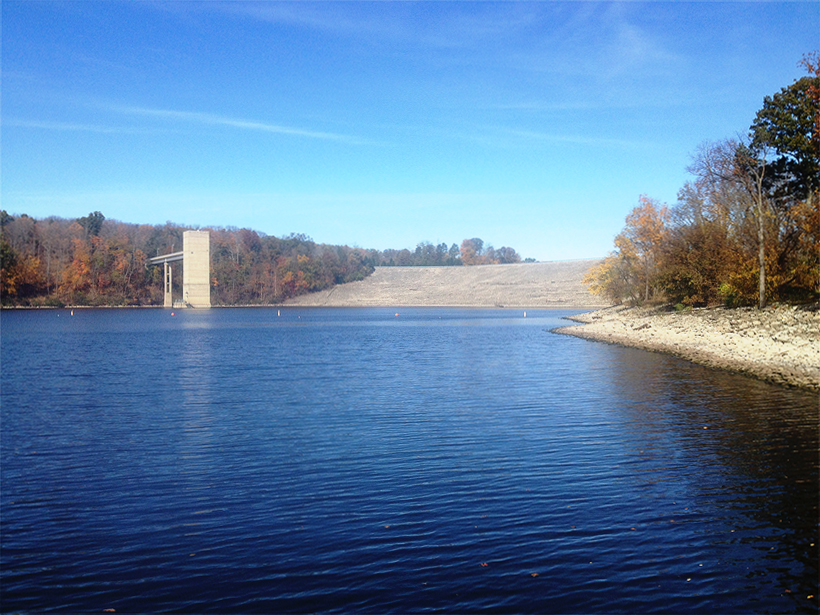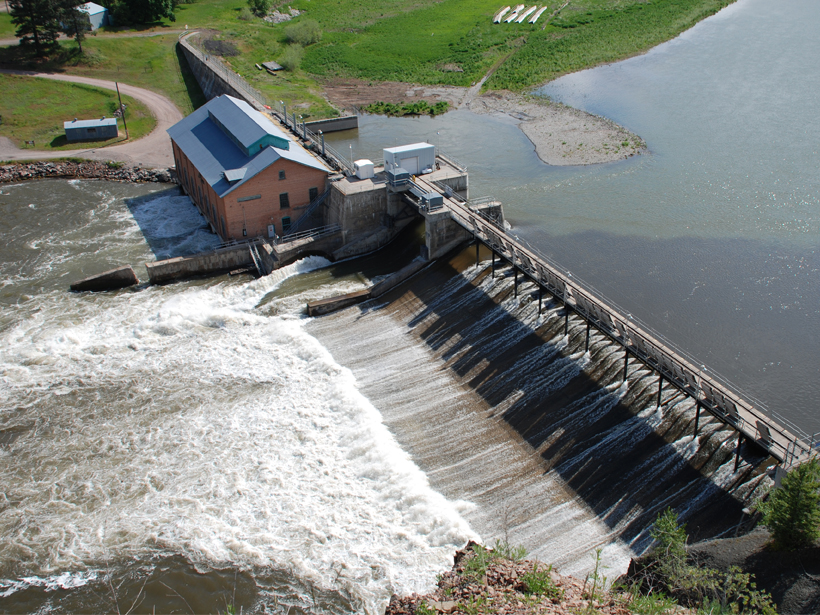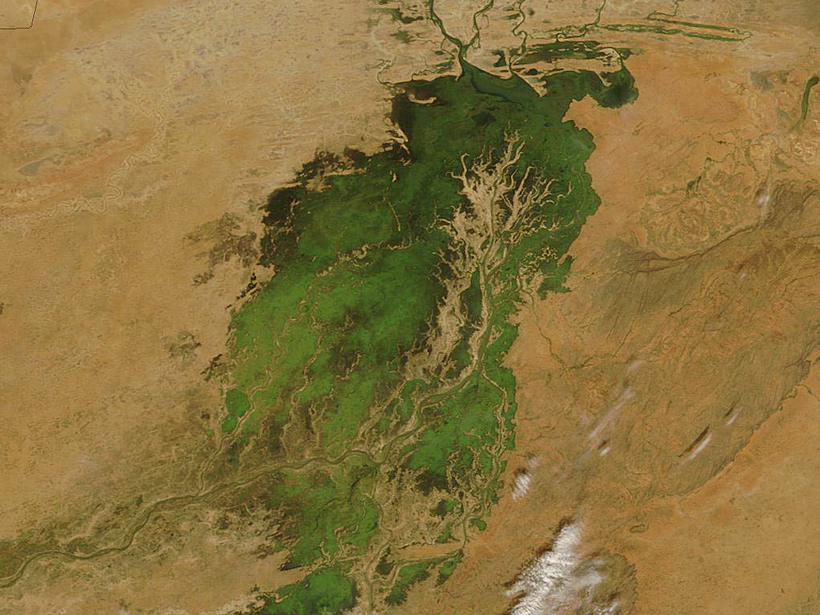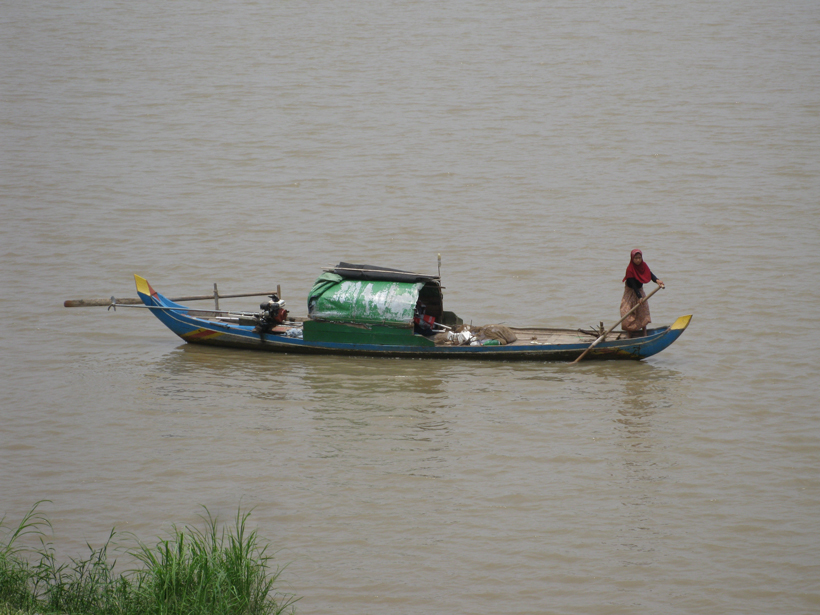In the largest compilation of anthropogenically induced earthquakes, causes range from building water reservoirs to mining.
dams & reservoirs
Evidence Found for China's Ancient Origin Story
New geological findings suggest that an ancient flood in a popular legend about the birth of China's civilization might have actually occurred, but some 150 years later than historians thought.
Controversial Pacts Aim for Dam Removals on Western U.S. River
New agreements regarding the Klamath River in Oregon and California would enable the largest U.S. dam removal project ever. Critics say water quality will suffer, decry hydropower loss.
New Interest in Reservoir Evaporation in Western United States
Reservoir Evaporation Workshop; Boulder, Colorado, 22–23 October 2015
Reimagining a Fatal Flood
Researchers use high-resolution simulations to reexamine the rainfall events that led to one of the most destructive floods in U.S. history.
Reservoirs Act as a Source for Greenhouse Gases
Scientists examine nitrous oxide production in aquatic environments and the conditions that drive it.
Contaminated Sediment and Dam Removals: Problem or Opportunity?
Restoring rivers to their free-flowing state promises a host of environmental benefits, but contaminated sediments may cloud the picture.
Satellite Measurements May Help Real-Time Water Management
Upper Niger River study shows that satellite altimetry could help resource managers optimize reservoir releases even on ungauged rivers.
Building Sandbars in the Grand Canyon
Annual controlled floods from one of America's largest dams are rebuilding the sandbars of the iconic Colorado River.
Mekong River Dams Could Bring Future Food Security Woes
The rapid development of dams in the Mekong River Basin could pose a threat to future environmental stability.


